Kharvas is a traditional Indian dessert cherished for its subtle sweetness and creamy texture. Originating from the western regions of India, this delicacy was historically made from colostrum, the first milk produced by cows or buffaloes after giving birth. Rich in nutrients, colostrum lends Kharvas its unique texture and health benefits. However, due to the rarity and specific nature of colostrum, our recipe adapts this traditional treat using easily accessible ingredients like steamed yogurt, condensed milk and milk powder, allowing you to recreate this beloved dessert in your own kitchen.
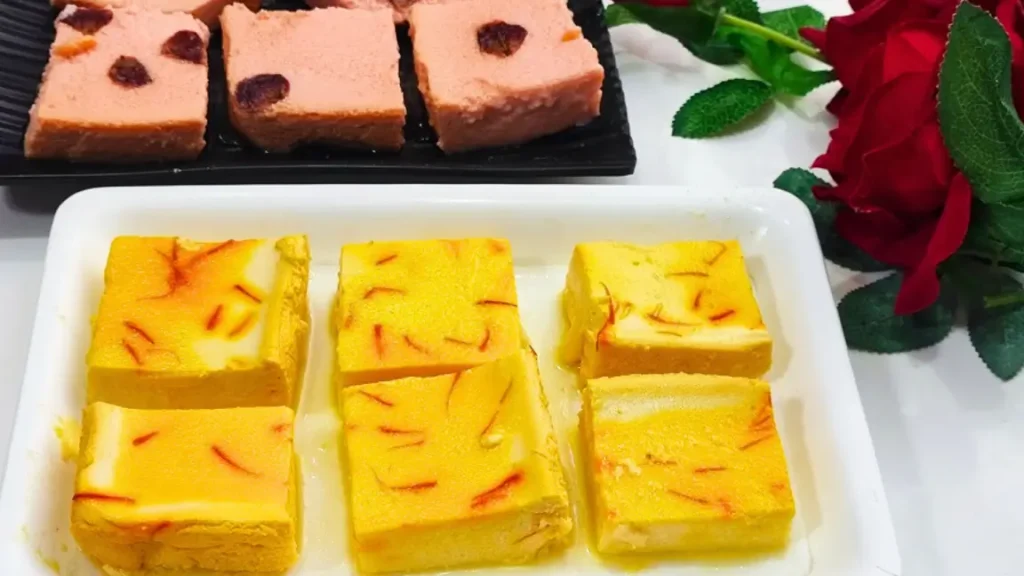
The Rich Cultural Background of Kharvas
Kharvas is more than just a dessert; it’s a cultural symbol in Indian culinary tradition, often prepared during special occasions and festivals to celebrate new life and beginnings. The original method of preparation using colostrum milk is a testament to the resourcefulness of traditional cooking methods, making use of a nutrient-rich ingredient that would otherwise be overlooked in many cultures.
Understanding the Ingredients
Each component in our Kharvas recipe plays a vital role:
- Bhappa Doi (Steamed Yogurt): This is your base, offering a creamy and slightly tangy backdrop that mimics the rich texture of colostrum.
- Condensed Milk: It sweetens the dish while enhancing its creamy consistency.
- Milk Powder: This ingredient acts as a thickener, enriching the dairy profile of the dessert.
- Regular or Thick Milk: Adjusts the consistency of your mixture and adds smoothness.
- Saffron: Soaked in warm milk, saffron infuses Kharvas with its signature golden color and a subtle but distinctive aroma.
- Cardamom Powder: Adds a layer of aromatic warmth, which is essential in many Indian sweets.
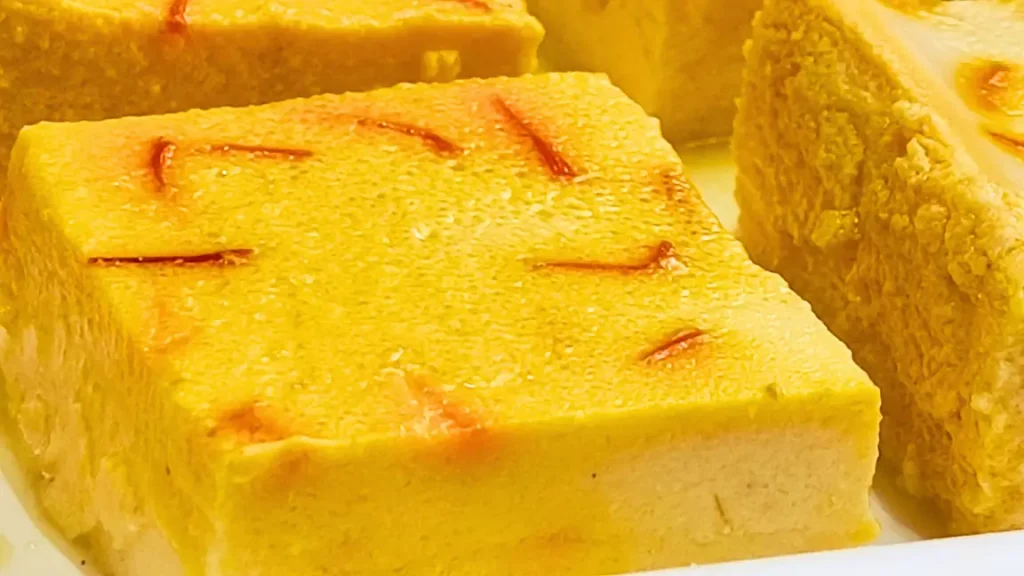
Detailed Step-by-Step Cooking Guide
Preparing the Mixture:
- Combine Dairy: Start with blending 1 cup of Bhappa doi with 1/2 cup condensed milk until smooth.
- Add Dry Ingredients: Integrate 1/2 cup of milk powder, then gradually pour in 1 cup of regular milk, stirring continuously to maintain a smooth consistency.
- Incorporate Flavorings: Stir in the saffron milk and cardamom powder until the mixture is uniformly colored and fragrant.
Setting Up for Steaming:
- Prepare Moulds: Grease your moulds with butter or ghee to prevent sticking and ensure easy demoulding.
- Transfer the Mixture: Spoon the mixture into the prepared moulds, filling them nearly to the brim.
Cooking Process:
- Steam Setup: Create a double boiler by boiling water in a large pot and placing a steamer or porous plate above the water level.
- Cook: Place the moulds on the steamer, cover, and let them steam for about 30-35 minutes, or until set.
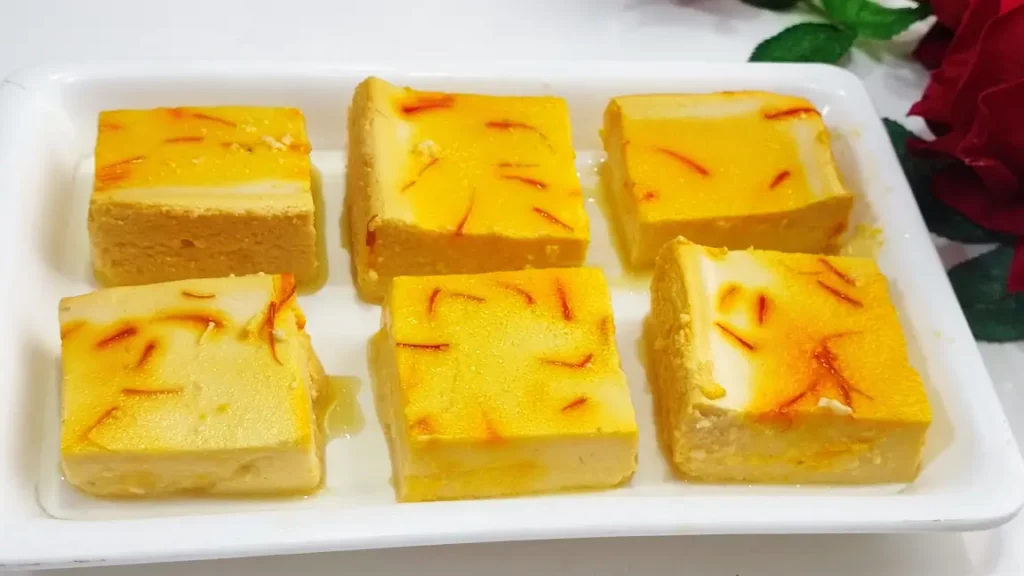
Finishing Touches:
- Cooling: Allow the cooked Kharvas to cool at room temperature before covering with parchment or foil.
- Refrigerate: Chill in the refrigerator for at least an hour to allow the dessert to fully set.
Serving Suggestions:
- Presentation: Demould the Kharvas gently and slice into preferred shapes. Garnish with a sprinkle of powdered cardamom or pistachio slivers for an extra touch of elegance.
Tips for Perfect Kharvas
- Ingredient Quality: Use the freshest ingredients available, especially dairy products, to ensure a rich and authentic taste.
- Consistency Check: The mixture should be velvety and free of lumps before steaming, so mix thoroughly.
- Steaming Watch: Keep an eye on the water level in your steamer to ensure it doesn’t run dry, and adjust the heat as necessary to maintain a gentle steam.
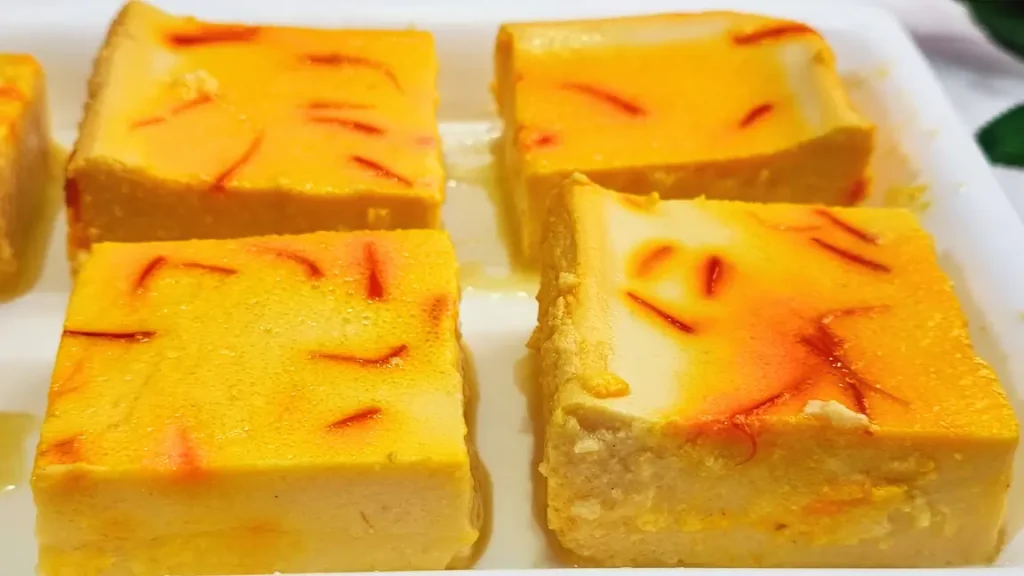
FAQs
Q: Can I make Kharvas without a steamer? A: Yes, you can use a pressure cooker without the whistle or a large pot with a lid, placing a stand inside to keep the moulds above water.
Q: How long can I store Kharvas? A: Kharvas can be refrigerated for up to 5 days when stored in an airtight container.
Recipe
Conclusion
This simplified recipe brings the exquisite flavors of traditional Indian Kharvas to your table using ingredients you likely already have in your kitchen. Whether you’re celebrating a special occasion or simply craving a uniquely comforting dessert, Kharvas is the perfect choice. Enjoy the process of creating this delightful treat and relish the delicious results!
This comprehensive guide ensures you are well-equipped to tackle this recipe and understand its cultural significance and nutritional values, making your culinary experience not just about tasting but learning and appreciating. Moreover, preparing Kharvas at home allows you to connect with the rich culinary heritage of India, offering a glimpse into the rituals and traditions that have shaped Indian cuisine over centuries. This dessert isn’t just a treat for the palate; it’s a journey through history and culture, served up in a sweet, creamy form.
By choosing to make Kharvas using accessible substitutes like Bhappa doi and condensed milk, you also embrace a more inclusive approach to traditional recipes, adapting ancient customs to modern times. This adaptation not only preserves the essence of the original dish but also makes it more approachable for those who might not have access to colostrum milk. Each bite of this creamy dessert is a celebration of innovation and tradition, proving that even the most authentic culinary experiences can be recreated with a touch of creativity and understanding.
So, dive into this recipe with enthusiasm, knowing that you are about to recreate a masterpiece of Indian culinary art. Share it with family and friends to spread the joy and rich flavor that Kharvas brings to every occasion. It’s more than just a dessert; it’s a piece of cultural heritage that you can bring to life in your own kitchen.

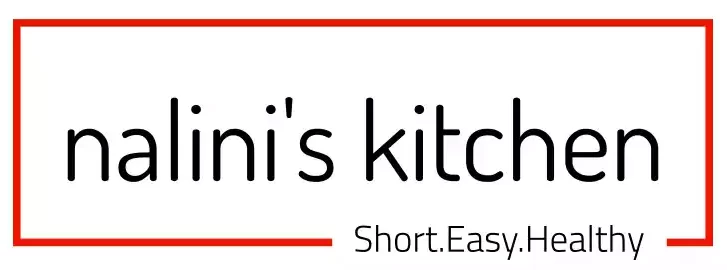
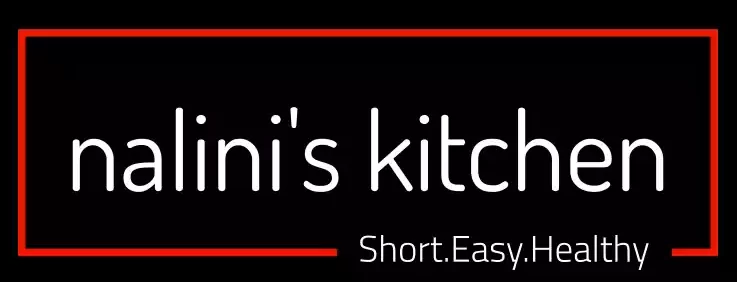
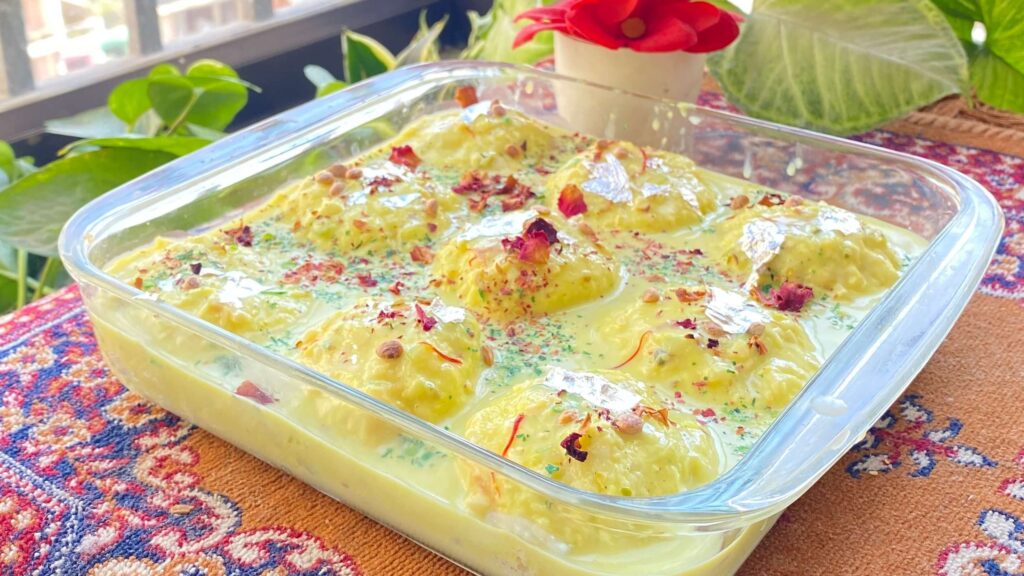

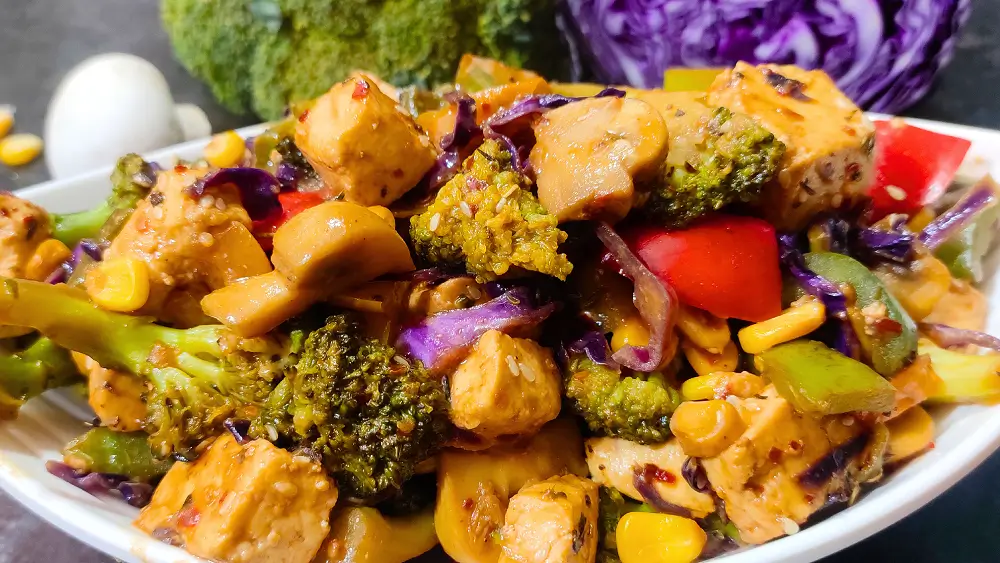
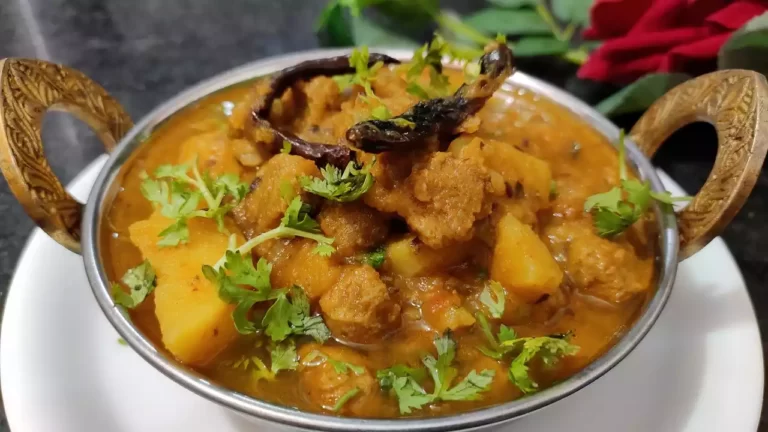
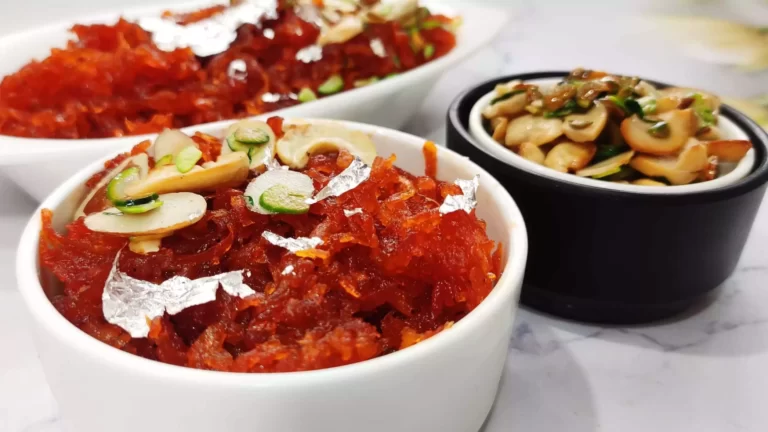
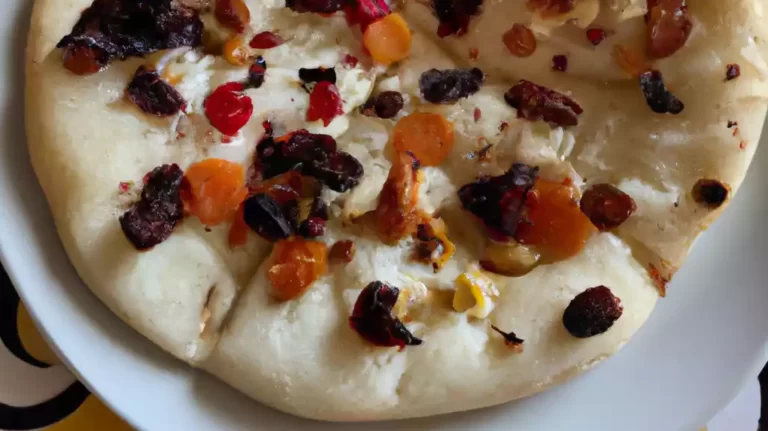
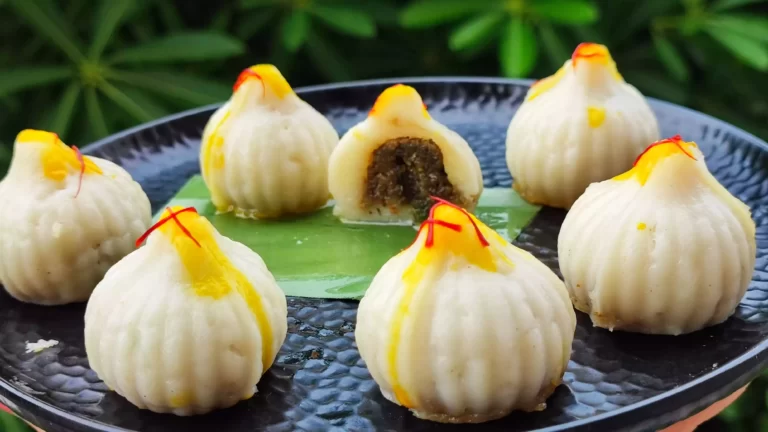
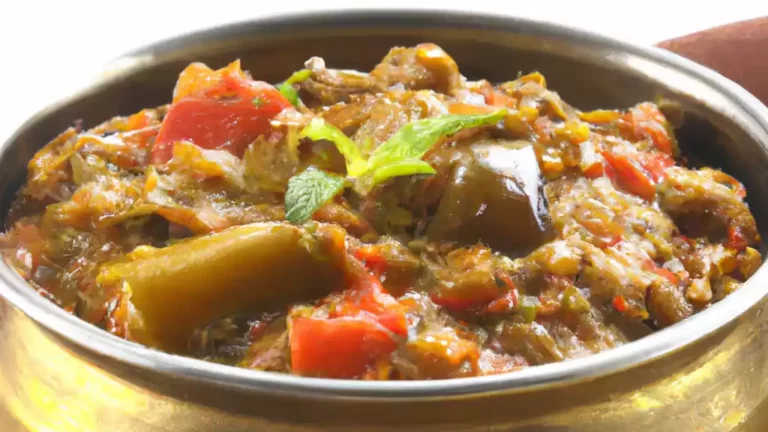
Your website is all that and a bag of chips. Keep it
coming!
Fantastic blog! Do you have any recommendations for
aspiring writers? I’m planning to start my own blog soon but
I’m a little lost on everything. Would you suggest
starting with a free platform like WordPress
or go for a paid option? There are so many options out there that I’m totally overwhelmed ..
Any suggestions? Thank you!
I pay a quick visxit each day some web pages and websites to read posts, however this
weblog provides quality based articles.
Please let me know if you’re looking for a article writer for your site.
You have some really great posts and I think I would be a good asset.
If you ever want to take some of the load off, I’d absolutely love
to write some material for your blog in exchange for a link back to mine.
Please shoot me an email if interested. Cheers!
My spouse and I stumbled over here by a different website and thought
I should check things out. I like what I see so now i’m following you.
Look forward to checking out your web page repeatedly.
Hi there this is somewhat of off topic but I was wanting to know if blogs use WYSIWYG editors or if you have to manually code
with HTML. I’m starting a blog soon but have no coding expertise so I wanted to get advice from someone
with experience. Any help would be greatly appreciated!